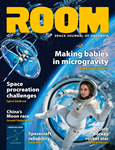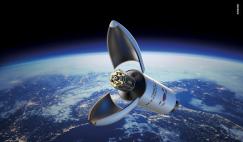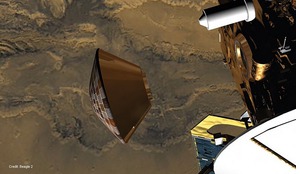Once the modern-day concept for the space elevator emerged in 2020, the necessity of an active transportation node at the ‘apex anchor’ became obvious. This article describes how it could become a full-service transportation node and provide an ideal location for a rapid response planetary defence system. The authors believe that these transformational capabilities lead to a vision that is both revolutionary and vital to the safety of the Earth.
Humanity’s future existence on Earth will depend at some point on the timely deployment of planetary defence systems against threats from medium to large asteroids destined to impact Earth. Not only do we need to know an identified threat’s size, composition and danger to the planet, we also need to be ready with a rapid response to counteract serious and potentially devastating threats.
In 2016, the US Government created a Planetary Defense Coordination Office to manage planetary defence-related activities across NASA, its aim being to search, detect, track, characterise, plan/coordinate, assess and mitigate objects approaching Earth.
A Near-Earth Orbit (NEO) survey in January 2020 found only 18.2 percent of 140-300 m size asteroids and 18.4 percent of between 0.3-1.0 km asteroids out of an estimated population of 25,000. It also revealed that several asteroids were only identified after they had passed Earth. These ‘surprise’ asteroids led to the recognition of a need for a rapid response capability to protect humanity.
The Rapid Response Planetary Defence (RRPD) calls for a short response time for asteroids coming from the Sun’s direction and being detected with less than a month’s warning of potential impact. RRPD involves preventing or mitigating their impact. Prevention would involve deflecting or disrupting a NEO’s characteristic orbit so it would not impact Earth whilst mitigation would involve measures, such as mass evacuations from a predicted impact location, when a NEO could not be prevented from hitting Earth.
Two principal factors affect the potential threat: warning time and size. Small and medium asteroids can be successfully deflected if there is sufficient warning time. Larger ones, like the asteroid EROS, require greater knowledge of the object’s characteristics and significant time to alter course.
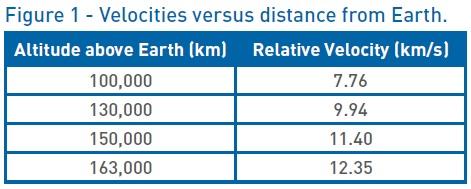
Figure 1 provides some examples of velocities versus distance from Earth and, in this article, we focus on threatening asteroids with minimum warning times, such as those coming ‘out of the Sun’ with almost no recognition or warning until they are near or have passed Earth.
Space elevator concept
Humanity’s existence on Earth depends upon the timely deployment of planetary defence systems
The modern-day space elevator is made up of climbing cars perched on ribbons (also known as cables or tethers) shaped into vertical ‘railroad tracks’ that would move from Earth’s surface to a counterweight (called the apex anchor) at an altitude of 100,000 km (Figure 2).
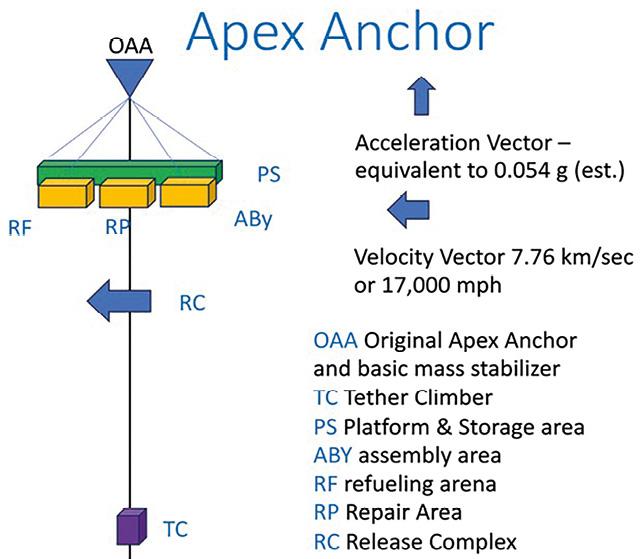 Figure 2: Relative Speeds Space Elevators.
Figure 2: Relative Speeds Space Elevators.
The science fiction author Arthur C Clarke imagined the space elevator as a bridge to the stars that could move millions of people and millions of tons of material into the sky, driven by cheap electricity and making it cost-effective, safer and faster than rockets. In addition, it is environmentally neutral because it does not burn rocket fuel in our atmosphere and leaves no debris in space.
A few years later, Clarke wrote: “The space elevator is an idea whose time has come”, a point he made when referring to other authors who independently reinvented the idea at least three times during the 1970s.
Apex anchor concept
The apex anchor lies at the top of the elevator cable and provides a gravitational anchor for the system. The apex anchor is expected to be busy with commercial businesses and warehouses supplying developments at geostationary orbit (GEO) and the end of the elevator’s tether.
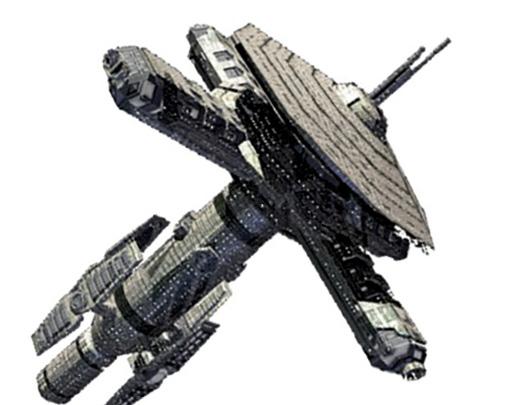 Figure 3: Space Elevator apex anchor.
Figure 3: Space Elevator apex anchor.
Once the climbers are stocked at an Earth Port, the supply mission will ensure buildup along the transportation route; from there, it will take approximately 14 days at 250 miles per hour to reach the apex anchor (Figure 3). The apex anchor is where the Rapid Response Planetary Defense System (RRPDS) will be located.
 Figure 4: Three apex anchors.
Figure 4: Three apex anchors.
It is envisioned that there will be six apex anchors (three pairs) tethered via the space elevator around the Earth separated by 120-degrees (Figure 4). This will provide significant daily load capabilities to support humankind’s trips to the stars and full operations capability would be approximately 170,000 tonnes/year to GEO and beyond.
Science fiction author Arthur C Clarke imagined the space elevator as a bridge to the stars that could move millions of people and millions of tons of material into the sky
Space elevators have many strengths, but the most remarkable ones relate to their permanent space transportation infrastructure. To achieve maximum benefit from the high speed of the apex anchor around the Earth, it is best to introduce motion at right angles so that all directions in the celestial sphere can be reached. This has the added benefit that velocities in some directions can be as high as 12.35 km/s.
Planetary defence
 Figure 5: Incoming Asteroida
Figure 5: Incoming Asteroida
RRPDS will provide a rapid response capability to protect the planet from incoming asteroids (Figure 5). It comprises a system of ‘asteroid busters’ located on the apex anchors and controlled by an apex anchor operations centre or remotely from Earth.
The concept of basing the RRPDS at apex anchors is simple and achievable by means of the following stages:
- develop RRPD segments at all six apex anchors, then activate with the operations centres
- search and identify near-term threatening asteroids with stereoscopic observations
- assemble and release planetary defence ‘asteroid buster’ delivery systems within 24 hours towards rapidly approaching threats.
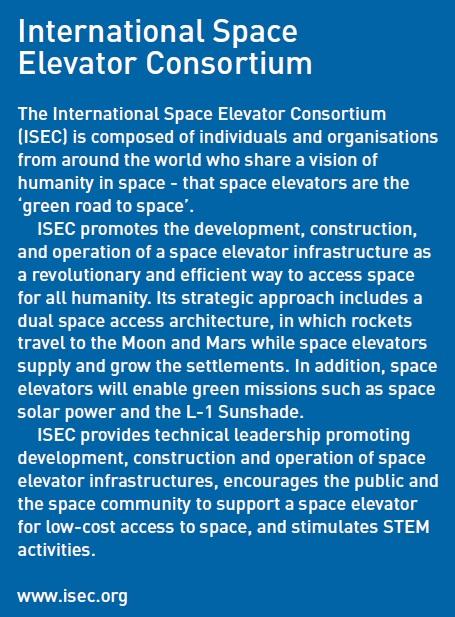
Additional missions aboard the apex anchor provide support for the RRPDS. The first is the apex anchor operations centre, which will support all customers in day-to-day operations. It will be the heart of the RRPD system and will integrate all operations within the apex anchor to monitor incoming asteroids. It should be noted that, initially, the operations centre will be located on Earth with remote connectivity to the apex anchor, and once people are stationed on the apex anchor the operations centre could be relocated.
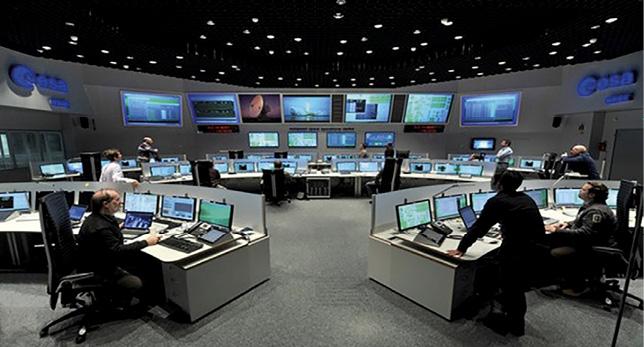 Figure 6: Apex anchor Operations Centre.
Figure 6: Apex anchor Operations Centre.
As shown in Figure 6, the operations centre will be responsible for the major functions of planetary defence, such as:
Monitoring - being able to search, detect, track and characterise all incoming asteroids
Management - implementing the ‘Rules of Engagement’ as well as synchronising all planning and coordination activities aboard the apex anchor when addressing an incoming threat
Sensemaking – decision-making as an approved response to an incoming threat
Execution - responding to an incoming threat by deploying ‘Asteroid Busters’ as necessary.
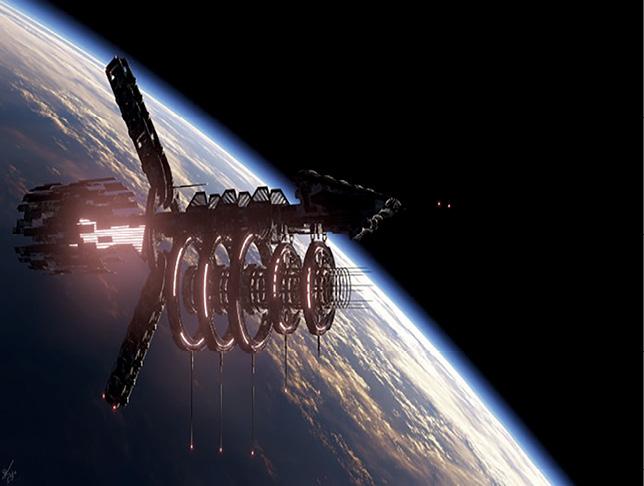 Figure 7: Space Construction Platform
Figure 7: Space Construction Platform
The second additional mission is the Space Construction Platform, which will support and enable construction of facilities and space systems with the ability to build, repair and improve the RRPDS (Figure 7).
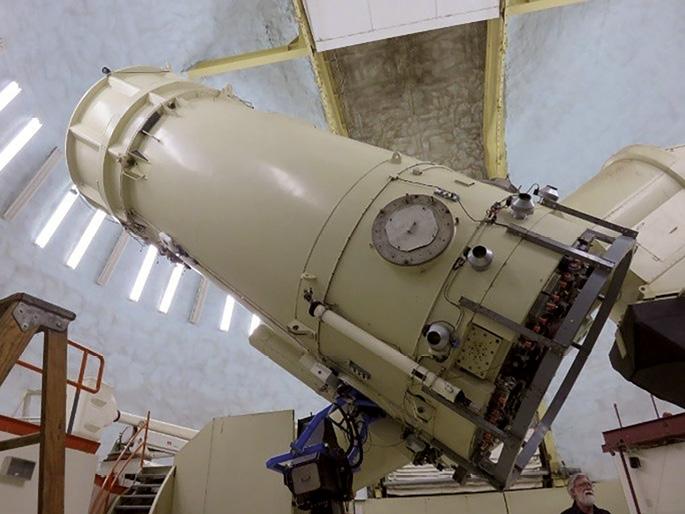 Figure 8: Astronomical Observatory
Figure 8: Astronomical Observatory
The third is the Space Astronomical Observatory, located at a quiescent location for observation of the arena around the apex anchor and the solar system (Figure 8). This observatory can act as an early warning system for incoming asteroids that pose a threat to the Earth or lunar colonies. There are two significant advantages to having an observatory on the apex anchor: the first is that, unlike observatories located on Earth, it is above all the ‘space junk’ that obstructs the field of view; the second, and most important, is that it can detect incoming asteroids coming from the Sun (Figure 9).
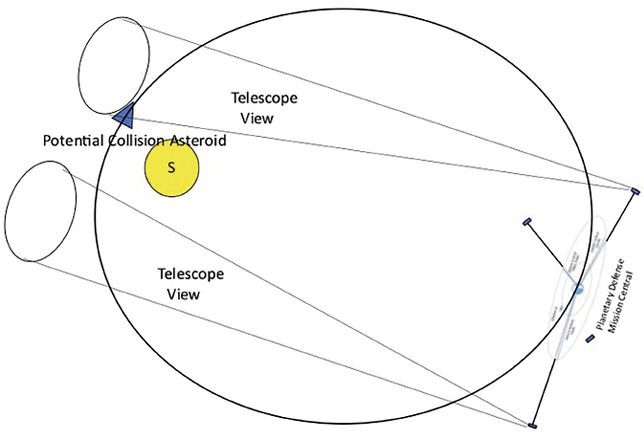 Figure 9: Incoming view from Sun.
Figure 9: Incoming view from Sun.
Transportation infrastructure
The apex anchor is expected to be busy with commercial businesses and warehouses supplying developments at geostationary orbit
The space elevator offers much more than rockets and is not just a way to travel into space. Transportation infrastructure is a better description and, like the tracks for trains, it will open the way to an unexplored space for transporting people and heavy loads.
Space elevators are the ‘green road to space’ because they are environmentally neutral. They will enable humanity’s most important missions safely, routinely, inexpensively and efficiently.
The implementation of Space Elevator Transportation Systems around the world will enable remarkable capabilities to move cargo massively and routinely and will transform the future of space activities. Space elevator proponents must point out and emphasise to both the general public and project managers of visionary space activities that the modern-day space elevators will be transformational in providing timely delivery of massive loads, including the deployment of a Rapid Response Planetary Defence System.
About the authors
Paul Phister is an Adjunct Professor at the Mohawk Valley Community College and the Herkimer County Community College, NY State, where he teaches engineering, computer science, physics and mathematics. Paul has a PhD in engineering and primary skills in space operations, space technologies, space ground system acquisition and Command and Control (C2). He is a member and Space Ambassador of the National Space Society (NSS) and a Board Member of the International Space Elevator Consortium (ISEC) as well as the New York State Planning Federation. Throughout his career as a USAF Officer and Government Civilian, Paul has contributed to 18 books and 30 magazines.
Peter Swan, PhD, is Chief Architect and a Board Member of the International Space Elevator Consortium and a champion for the space elevator infrastructure concept. He was lead editor for the IAA study “Space Elevators: An Assessment of the Technological Feasibility and the Way Forward” [2013]. He has helped build space systems, such as the Iridium satellite constellation and taught space systems engineering around the world. He has published widely, including five books on Space Elevator Systems Architecture, and has contributed to the space elevator community for the past 10 years (see www.isec.org).


